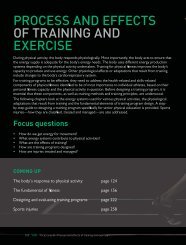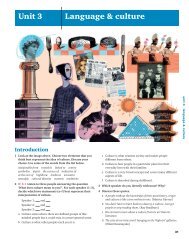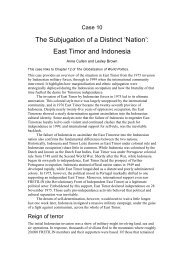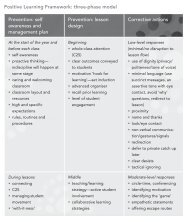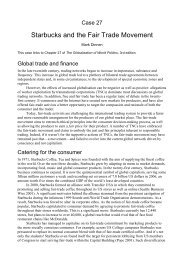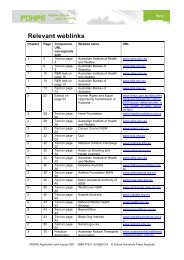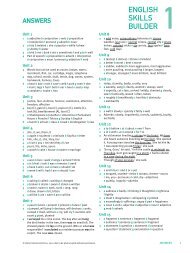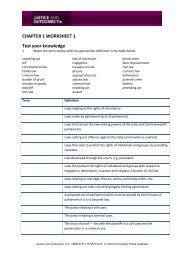did you know?
did you know?
did you know?
Create successful ePaper yourself
Turn your PDF publications into a flip-book with our unique Google optimized e-Paper software.
the ames room illusion<br />
The Ames Room shows that we maintain shape constancy (of the<br />
room) at the expense of size constancy.<br />
The room is constructed in a trapezoidal shape, but made to<br />
appear square when observed through a peephole. It is necessary<br />
to prevent the use of both eyes, so that the strongest (binocular)<br />
depth cues do not work. The rear wall actually runs from right to<br />
left, away from the viewer. The far-left corner is twice as far from<br />
the peephole as the far-right corner. To add to the illusion, the<br />
ceiling is not parallel to the floor. It slopes upwards from right<br />
to left, while the floor slopes downwards from right to left, so<br />
that the height of the room at far left is double that at far right.<br />
When a person walks from the left corner to the right corner, the<br />
observer maintains shape constancy, but cannot also maintain size<br />
constancy—so the person appears to be growing rapidly in size.<br />
review 6.4<br />
1 Describe the Ponzo Illusion.<br />
2 Draw some of <strong>you</strong>r own Müller-Lyer illusions and<br />
try them out on <strong>you</strong>r fellow students.<br />
3 Do these visual clues apply to all humans? If not why not?<br />
4 Explain why the Ames Room Illusion occurs.<br />
5 Why does the person who is viewed through the peep-hole<br />
appear to grow and shrink before <strong>you</strong>r eyes?<br />
6 Go to www.illusionworks.com. Create a PowerPoint<br />
presentation of one other illusion and explain why this occurs.<br />
7 M.C. Escher is a famous lithographic artist who created many<br />
impossible figures. Perfom an Internet search for M.C. Escher<br />
and prepare a presentation on his work.<br />
6.5 investigate<br />
Visual illusions<br />
1 How do visual illusions occur?<br />
2 There are two theories to explain the Müller-Lyer Illusion. Choose one<br />
of these theories and briefly outline the key points.<br />
3 How does the Ames Room work? Describe the construction and how<br />
this influences what is seen when looking through the peephole.<br />
4 Using the Internet, search ‘visual illusions’ and create a PowerPoint<br />
presentation of the illusions <strong>you</strong> have found to share with the class.<br />
Make sure that <strong>you</strong> define ‘Visual Illusions’ at the beginning of <strong>you</strong>r<br />
presentation and create at least 10 slides.<br />
fig 6.26>> The Ames Room is not really rectangular,<br />
but because of our lifetime of experience with<br />
rectangular rooms, we perceive it to be bounded by<br />
right-angles. In fact the ‘smaller’ person is simply twice<br />
as far from the observer as the ‘larger’ person. The<br />
shape of the room is shown below.<br />
127



